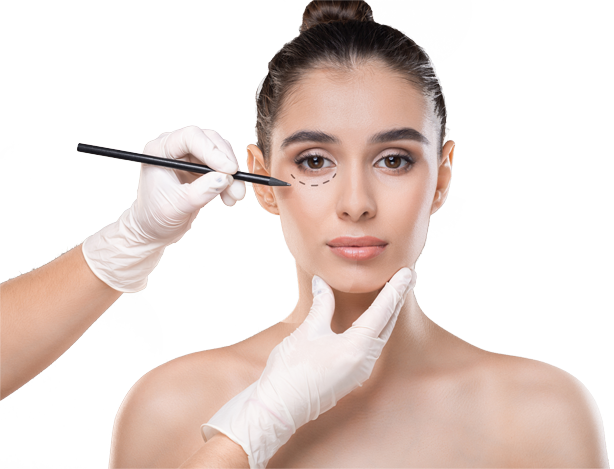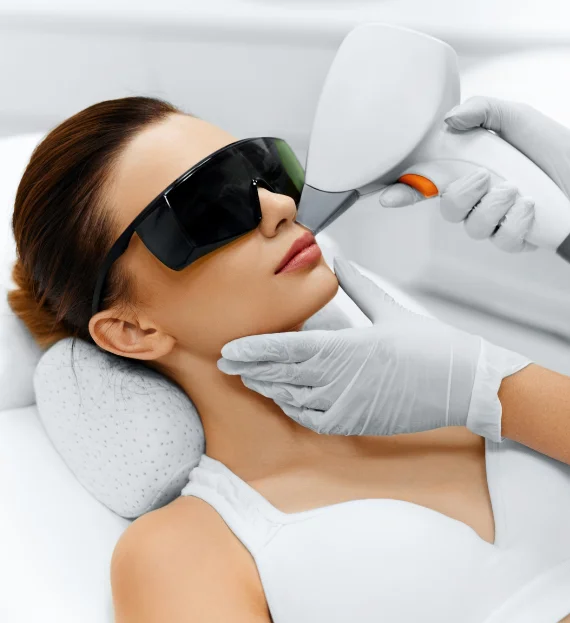Laser facial
Most Popular Procedures
A laser facial is a non-invasive cosmetic treatment that uses laser technology to improve the appearance and texture of the skin. During a laser facial, a handheld device emits short bursts of laser light, which penetrate the skin and stimulate the production of collagen and elastin. This can help improve the appearance of fine lines, wrinkles, acne scars, and uneven skin tone.
There are several types of laser facials available, each using different types of lasers and wavelengths to address specific skin concerns. Some of the most common types of laser facials include:
Fractional Laser Resurfacing: This type of laser facial uses a fractionated laser to create microchannels in the skin, which stimulate the production of new collagen and elastin.
IPL (Intense Pulsed Light) Facial: This type of laser facial uses intense pulsed light to target pigmentation, redness, and other discoloration in the skin.
Non-Ablative Laser Facial: This type of laser facial uses a low-level laser to heat the deeper layers of the skin, stimulating collagen production and improving skin texture.
Laser facial
Multiple Treatment Options
Laser facials are generally considered safe and effective for most skin types. However, there may be some risks and side effects associated with the procedure, such as redness, swelling, and mild discomfort during the treatment. It’s important to discuss any potential risks with your skincare professional before undergoing a laser facial.
Most people will see an immediate improvement in the appearance of their skin after a single laser facial treatment, but a series of treatments spaced several weeks apart may be recommended for optimal and long-lasting results. It’s also important to maintain a good skincare routine and avoid excessive sun exposure after the procedure to help prolong the benefits of the treatment.
Faq
Frequently Asked Questions
A. The level of discomfort during a laser facial can vary depending on the individual's pain tolerance and the type of laser being used. Some people may experience mild discomfort, while others may feel a slight stinging or burning sensation. Your skincare professional may apply numbing cream or cooling gel to minimize any discomfort during the procedure.
A. The length of a laser facial treatment can vary depending on the type of laser being used and the size of the treated area. Generally, most treatments take between 30 minutes to an hour.
A. While laser facials are generally considered safe, there are some potential risks and side effects, such as redness, swelling, and mild discomfort during the treatment. In rare cases, laser treatments may cause hyperpigmentation, hypopigmentation, scarring, or infection. It's important to discuss any potential risks with your skincare professional before undergoing a laser facial.
A. The number of laser facial treatments needed to see results can vary depending on the individual's skin concerns and the type of laser being used. Most people will see some improvement in their skin's appearance after a single treatment, but a series of treatments spaced several weeks apart may be recommended for optimal results.
A. The length of time that the results of a laser facial last can vary depending on the individual's skin type and the type of laser being used. Generally, most people will see results that last several months to a year. It's important to maintain a good skincare routine and avoid excessive sun exposure after the procedure to help prolong the benefits of the treatment.
A. Yes, a laser facial can be combined with other cosmetic treatments, such as chemical peels or microdermabrasion, to achieve more comprehensive results. It's important to discuss any potential combination treatments with your skin care professional to determine the best approach for your specific skin concerns and needs.






